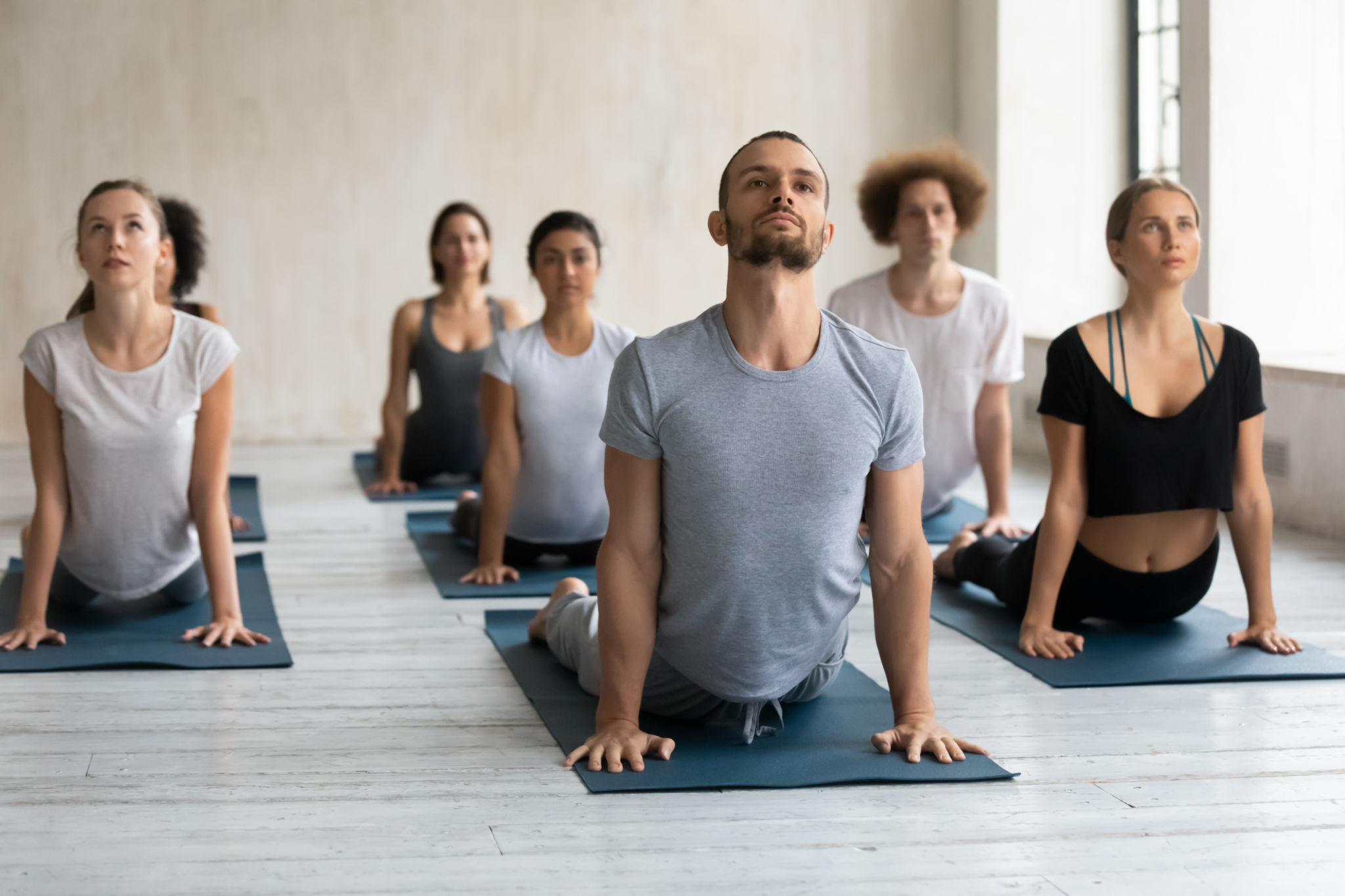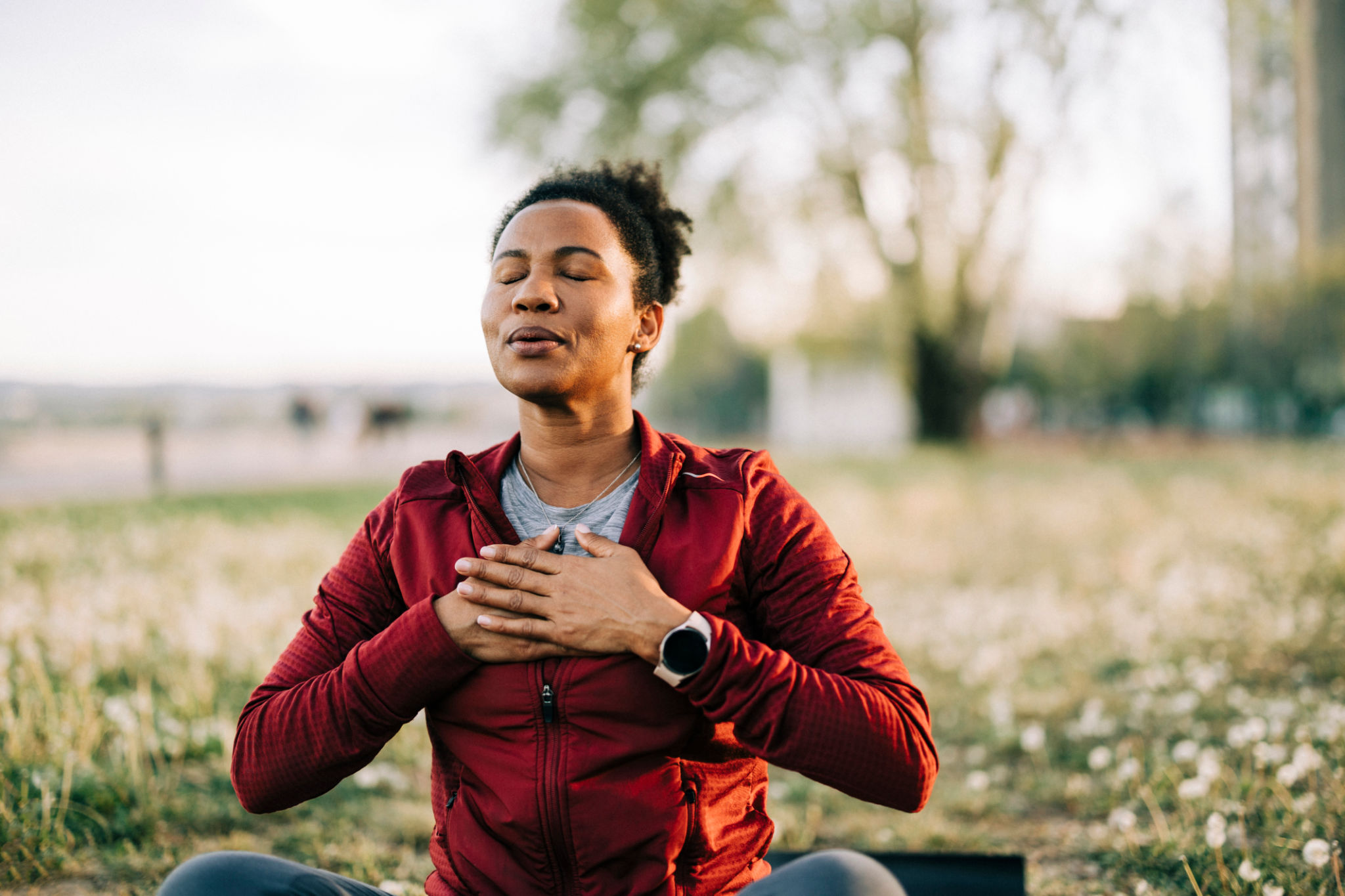A Beginner's Guide to Starting a Yin Yoga Practice
What is Yin Yoga?
Yin Yoga is a slow-paced style of yoga with poses, or asanas, that are held for longer periods of time—typically ranging from one to five minutes. This practice focuses on stretching and stimulating the connective tissues, such as ligaments, tendons, and fascia, rather than the muscles.
The goal of Yin Yoga is to increase circulation in the joints and improve flexibility. It is a meditative approach with a physical focus, allowing you to turn inward and tune into both your mind and the physical sensations of your body.

Benefits of Yin Yoga
Yin Yoga offers numerous benefits for both the body and mind. Here are a few key advantages:
- Improved flexibility: By holding poses for extended periods, Yin Yoga helps lengthen deep connective tissues.
- Enhanced circulation: The practice encourages blood flow, which can aid in joint health and mobility.
- Stress relief: The meditative nature of Yin Yoga promotes relaxation and reduces stress.
- Increased self-awareness: Holding poses for longer periods allows you to focus on your breathing and bodily sensations, fostering mindfulness.
Getting Started with Yin Yoga
If you're new to Yin Yoga, it's essential to start slowly and listen to your body. Here are some tips to help you begin your practice:
- Choose the right environment: Find a quiet, comfortable space where you won't be disturbed.
- Gather props: Use props like bolsters, blankets, or blocks to support your body in various poses.
- Start with basic poses: Begin with simple poses such as Butterfly or Child's Pose to get accustomed to the sensations.

Essential Yin Yoga Poses
Here are a few fundamental Yin Yoga poses that are perfect for beginners:
- Butterfly Pose: Sit on the floor with the soles of your feet together and gently press your knees towards the ground.
- Dragon Pose: Step one foot forward into a lunge position and lower your back knee to the ground.
- Sphinx Pose: Lie on your stomach and prop yourself up on your forearms, keeping your shoulders relaxed.
Tips for a Successful Practice
To make the most of your Yin Yoga practice, keep these tips in mind:
- Focus on your breath: Deep, slow breaths can help you relax into each pose.
- Avoid pushing too hard: Yin Yoga should never be painful; only go as far as your body comfortably allows.
- Be patient: Progress may be slow at first, but consistent practice will yield results over time.

Creating a Consistent Routine
Consistency is key when it comes to reaping the benefits of Yin Yoga. Aim to practice at least two to three times per week. Setting aside a specific time each day for your practice can help establish a routine and make it easier to maintain.
You may also want to consider attending a Yin Yoga class or following an online session led by an experienced instructor to ensure you're practicing safely and effectively.
The Mind-Body Connection
Yin Yoga is not just about physical flexibility; it's also about cultivating a deeper connection with your mind. As you hold each pose, focus on what you're feeling both physically and mentally. This mindfulness can lead to greater self-awareness and emotional balance.
Over time, you may find that Yin Yoga becomes an invaluable tool for managing stress and enhancing your overall well-being.
Conclusion
Starting a Yin Yoga practice can be a transformative experience, offering numerous benefits for both body and mind. With patience, consistency, and mindful attention, you'll be well on your way to enjoying the profound rewards this gentle form of yoga has to offer.
